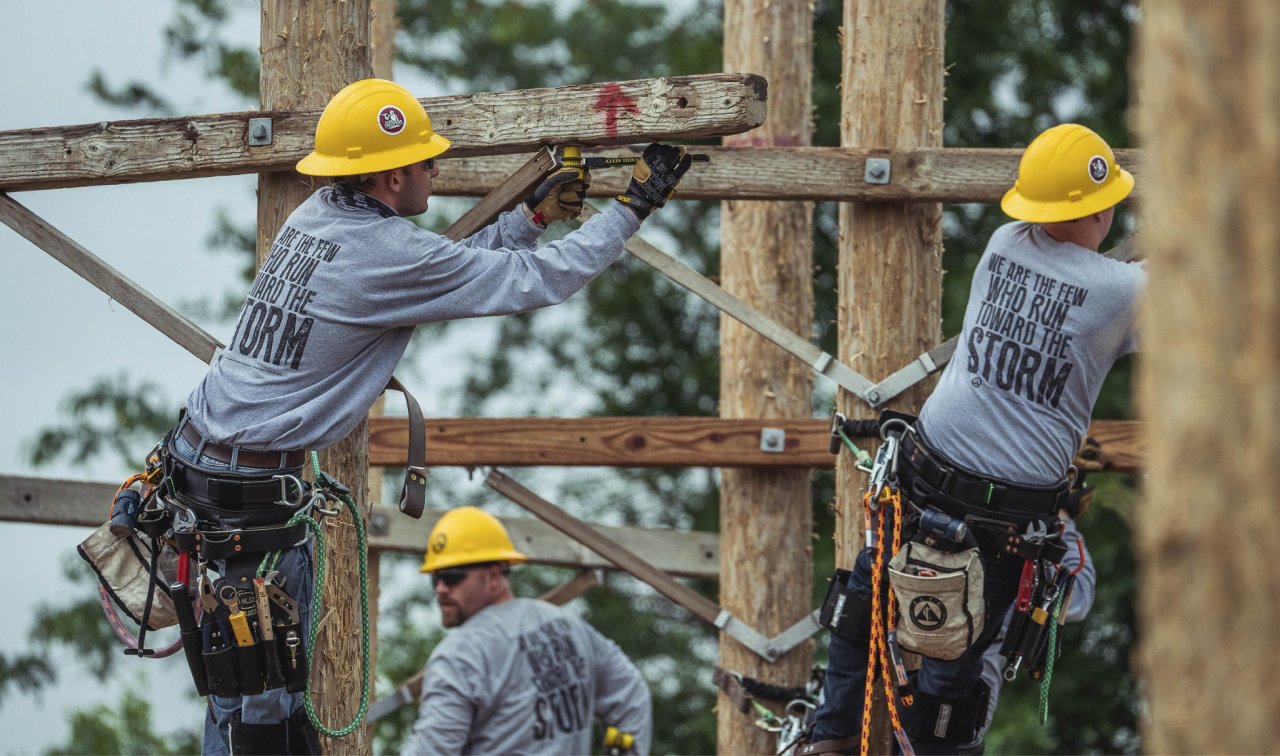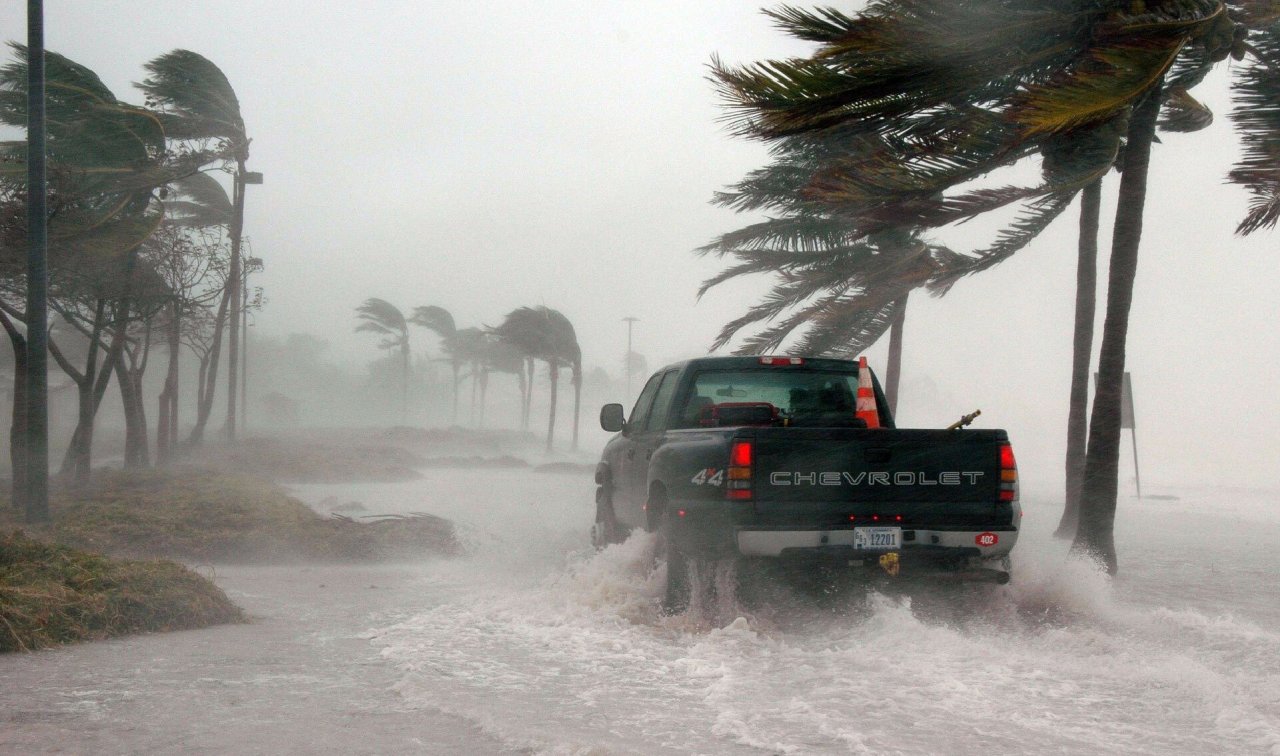
February 29th, 2024

June 1 marked the first day of the 2021 Atlantic hurricane season that will last until the end of November. Last year, the record-breaking hurricane season in the Atlantic basin produced 30 named storms, compared to an average 12 named storms per year. As of January 2021, FEMA (The Federal Emergency Management Agency) had issued 29 disaster declarations for tropical storms throughout the year 2020. As a part of those efforts, FEMA’s Public Assistance program supported communities’ recovery efforts providing them grant assistance for debris removal, life-saving emergency protective measures, and restoring public infrastructure.1
Linemen are an integral part of those rehabilitation and recovery efforts as they work day in and day out to restore power to rebuilding communities affected by the horrific storms. But our focus today isn’t on the reconstruction of the aftermath, it’s on preparation and awareness before the storm hits.
Although we know that preparation does not stop or deter a hurricane from wreaking havoc on communities across the globe, being well prepared can likely protect you and your family from disaster.
Here are our steps for hurricane preparedness:
Know the difference between a hurricane “watch” and “warning”. As you watch and listen for alerts on your TV, radio, or online, being able to discern the difference between a hurricane watch and a hurricane warning will inform you on your next step for safety. A hurricane watch means hurricane conditions are possible in your area. Hurricane watches usually occur 48 hours before expected tropical-storm-force winds begin. A hurricane warning is more serious and means that hurricane-force winds are expected in your area. Warnings are generally issued 36 hours prior to tropical-storm-force wind arrival.2
Gather emergency supplies and information. As storm season approaches, try to stock up on everything you might need now. Panic buying is a common occurrence in the anticipation of a storm or disaster, so practice good preparation skills by stocking up over time prior to hurricane season. Having the following items will be crucial if a storm hits: an emergency only food and water supply, medicine supply, power sources such as flashlights (don’t forget batteries!), and personal items. Don’t forget to have a safe place designated to store your important documents!2
Have a plan. There are two types of plans you should consider: an evacuation plan and a stay at home plan. Authorities will inform you of which order is in place, so being prepared for both is crucial to your safety.
If authorities issue an evacuation order, make sure you:
fill up your car with gas,
go over your emergency plan with your family,
continue checking for storm updates,
have your emergency supply kit packed and ready,
unplug your appliances,
and be sure to follow the roads that emergency workers recommend.2
If authorities issue a stay at home order, make sure you:
have your emergency supply kit in an easily accessible place,
board up your windows and doors,
fill clean water containers with drinking water,
continue checking for storm updates,
clear your yard of anything that could blow around during the storm,
and most importantly, stay inside until authorities issue an approval to vacate.2
Unfortunately, even with preparedness efforts, millions of people suffer from loss due to hurricane damage every year. That is why rebuilding efforts are crucial to the rehabilitation of communities and families across the globe. As the start of the 2021 hurricane season kicks off, we are grateful for all of those who run Towards the Storm to help rescue, restore and rebuild for those affected.
Southeast Lineman Training Center (SLTC) is the premier training school for lineworker training; consistently producing an elite group of highly trained and certified graduates.